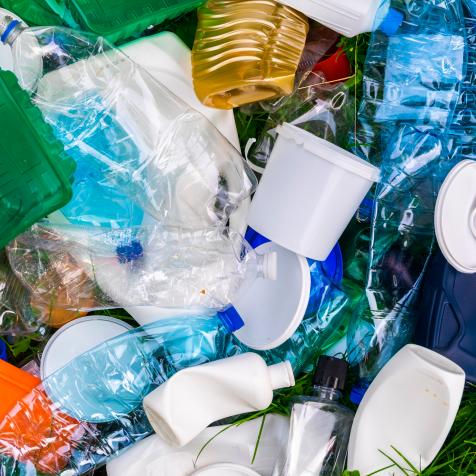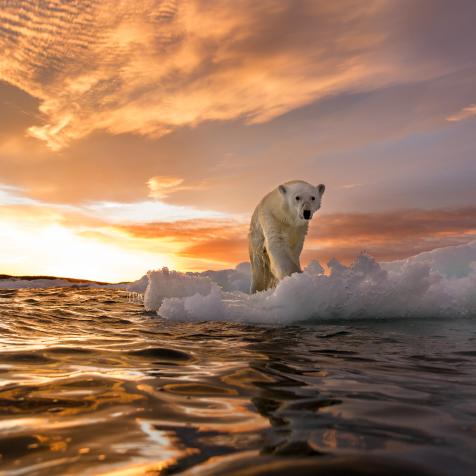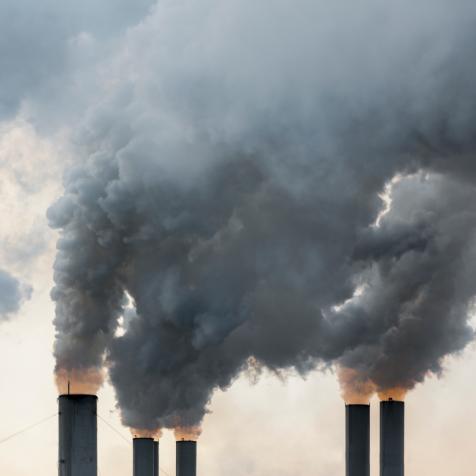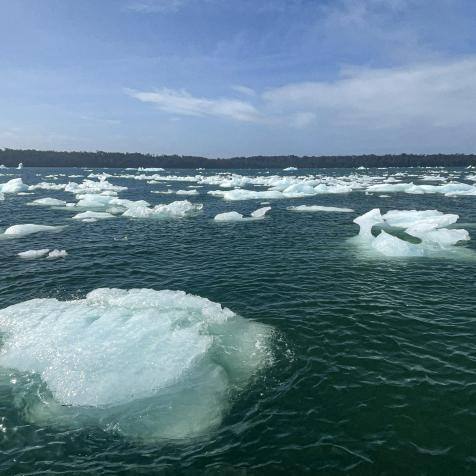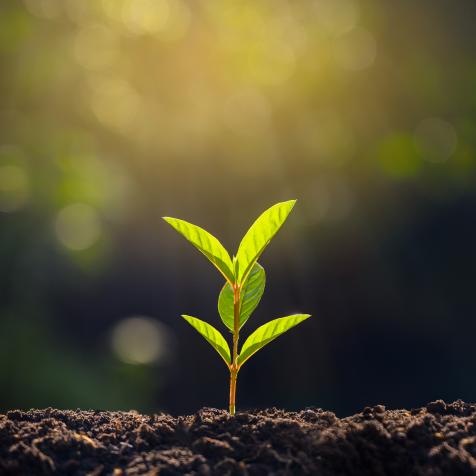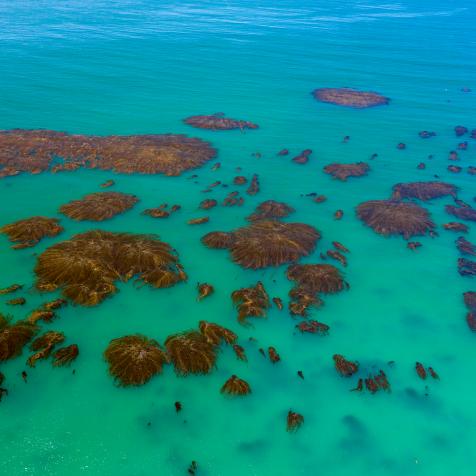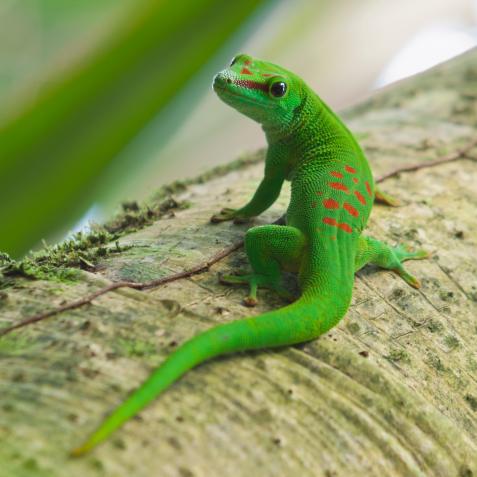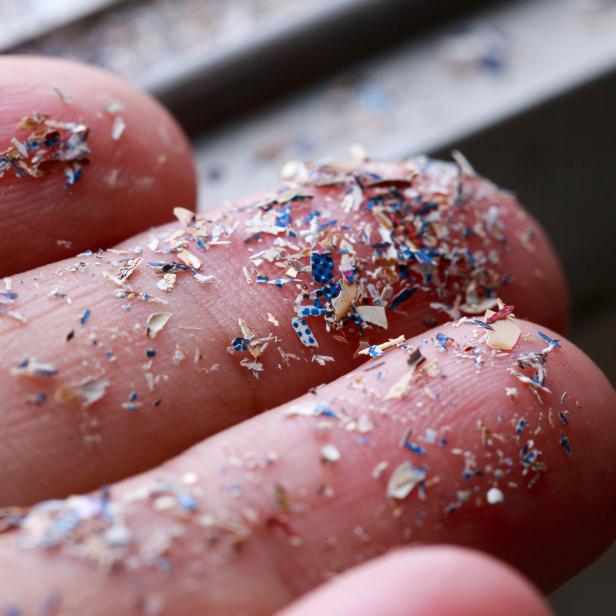
pcess609
Microplastic Pollution Stirs Urgent Worldwide Clean-Up
Microplastics are a toxic timebomb that could plague the planet for centuries if not tackled urgently.
Tiny particles of plastic less than 5mm in diameter are found in air, water, soil, food, and inside our bodies. Research estimates that by the age of 18, children can accumulate an average of 8,300 microplastic particles in bodily tissue.
So far the negative effects of ingesting so much plastic are barely known, but scientists think particles can cause inflammation, tissue damage, infertility, and cancer. The case to clean up microplastics across the planet has never been clearer.
Despite lockdowns plastic pollution increased during the SARS-CoV-2 coronavirus pandemic, driven by single-use masks and other protective equipment. Authorities think plastic debris is set to double by 2030 and greenhouse gas emissions from plastic could outpace that of coal-powered energy.

Nick Brundle Photography
Investments of more than $180 billion in US plastic factories since 2010, risk adding to what scientists already think is near permanent pollution of the natural environment. As a report from Beyond Plastics details the impact, it says declining fossil fuel companies see plastics as a way to replace lost profits.
Cleaning up material that has already broken down into microplastics will take a huge technological effort. Initial signs suggest that science has at least some of the answers. Google Science Fair winner Fionn Ferreira has devised a simple ferrofluid – vegetable oil and rust powder – to capture and extract particles from water.
Trials on 10 different types of plastics such as PET, PVA, and fibers from washing machines resulted in reductions of at least 85 percent. Ferreira, now studying chemistry at Groningen University in the Netherlands, came up with the idea when he saw large amounts of colored plastic littering the beaches near his hometown of Ballydehob in southwest Ireland.
Ferreira thinks ferrofluids could best be put to use in wastewater treatment facilities, removing microplastics before they can reach the sea. By fitting water treatment and sewage facilities with ferrofluid capture systems, it takes particles out of the water supply and reduces their effect on sea life.
Another clever technique uses tiny metallic star-shaped robots to collect plastic waste from water. Hydrogen peroxide and microrobots are added to liquid, where their magnetically charged surfaces begin to attract and break down plastic molecules. Trials retrieved up to 70 percent of microplastics and researchers are now refining the concept.
Water is often where plastic pollution ends up as it is blown into or dumped in oceans and rivers, but scientists find plastic in rainfall, snow, and soil. The McGill technique detects plastic traces as small as one trillionth of a gram, and it has discovered microplastic particles from anti-freeze in snow. Its designers hope it will also be used in urban environments to assess ecosystem and human health impacts.
Fertility and infant health are two areas of real concern for medical researchers. Studies show that chemicals found in plastic food packagings, such as bisphenol and phthalate, can affect human fertility by disrupting the reproductive hormones.
Another study found that babies’ bodies contain 10-20 times more PET particles than adults. Researchers believe that these levels are caused by plastic chew toys, feeding bottles, and crawling on carpets that shed plastic fibers.
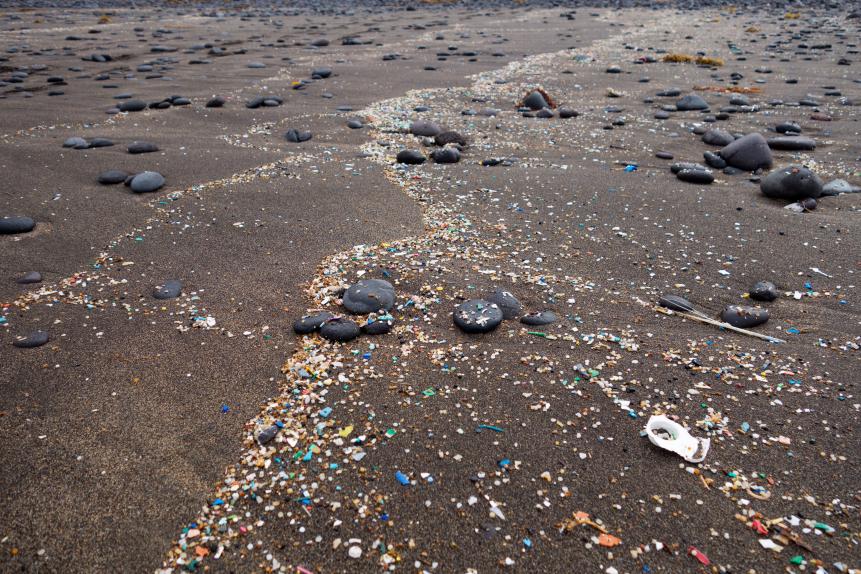
Westend61
Both of these can be addressed by reducing the manufacture and use of certain products, but environmental pollution is where much of the science is focused because microplastics already released take centuries to decompose. Nature, thankfully, is providing plenty of inspiration.
Filtration systems based on manta ray gills – which are arranged in structures called gill rakers that never clog – allow water to pass through while channeling other particles for collection. Researchers in the US have copied the leaf-like filter lobes in their gills, allowing microplastics to ricochet away while maintaining a fast water flow.
Another marine creature providing a way to remove plastics from water is the humble mussel. Plymouth Marine Laboratory (PML) in the UK has designed a flume tank showing that 300 mussels (5 kg) can remove more than 250,000 microplastics per hour.

Matt Macro / EyeEm
Mussels naturally filter plankton and other food from water while excreting any unwanted materials, so plastics are unlikely to cause them harm. PML’s computer models show that mussels in estuaries and river mouths could filter around 20-25 percent of waterborne microplastics.
One thousand liters of seawater can contain more than eight million plastic particles. So Finnish academics are looking at nanocellulose to pick up even the smallest, with a diameter of 100 nanometers (one ten-millionth of a meter).
Nanocellulose thin films or hydrogels bind the tiny plastic particles in a mesh-like structure for removal and could be adapted for any industry where microplastics are at risk of entering waterways.
Finally, Japanese scientists have discovered a way of cloning an enzyme in PET plastic to break down PET particles into energy for other organisms. PET2 was engineered to accelerate the reaction between water and chemicals in the plastic.
“Our ultimate goal is to create a bacterium that can sense PET in the environment, move toward it, and degrade it," said study author Ryota Liona. These bacteria could then act harmlessly like an automatic natural recycling center for plastic. "In nature, chitin and cellulose are recycled in this way."
Ultimately, reducing plastic and especially throwaway plastics to zero is the only sustainable answer. But reducing harm to the environment, especially from microplastics, needs rapid clean-up on a worldwide scale.



































































